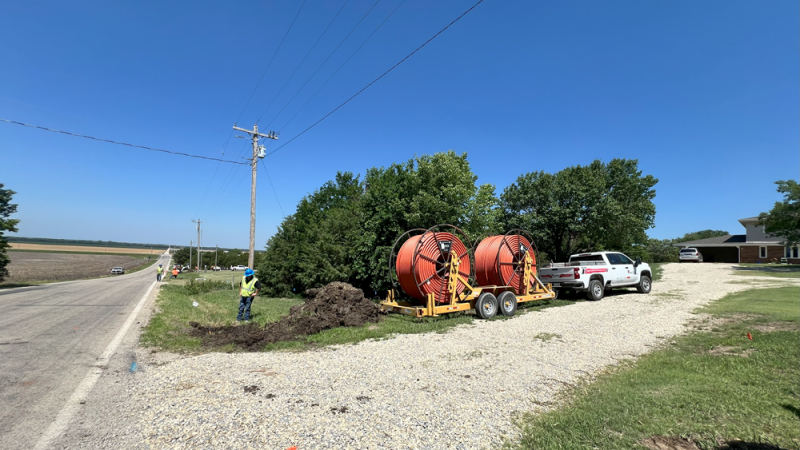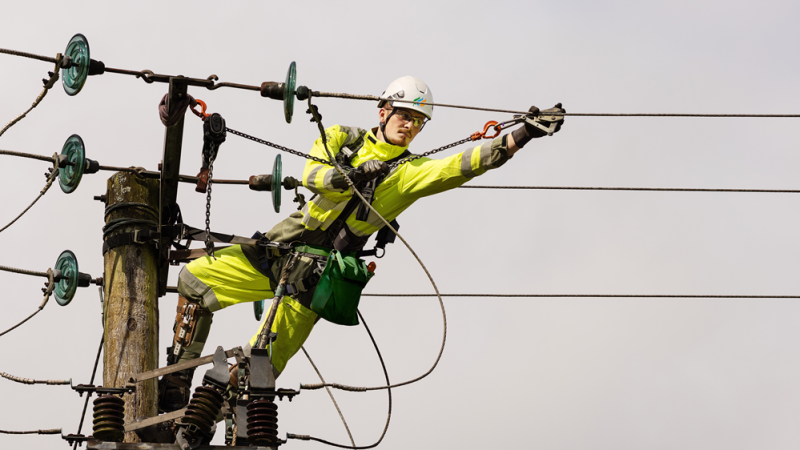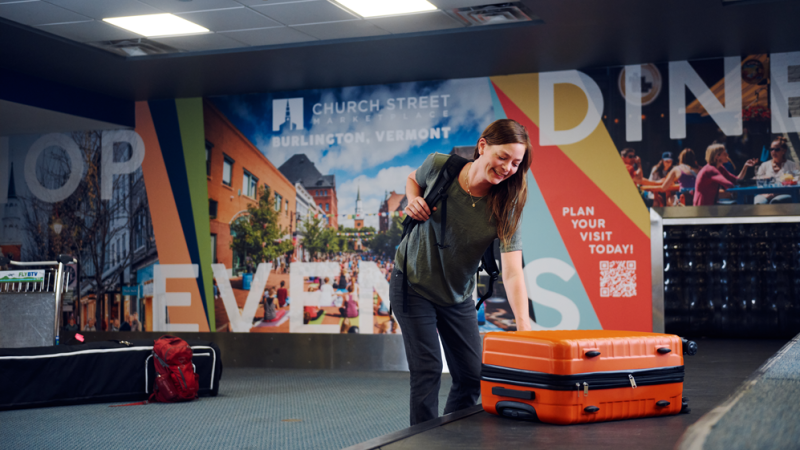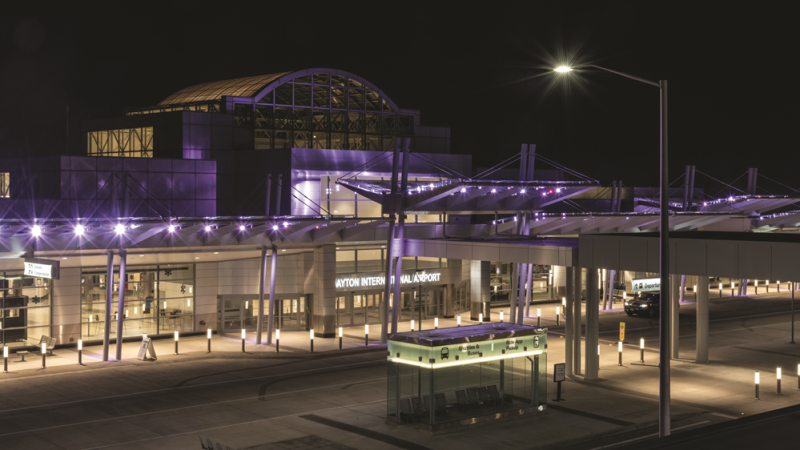rsa.Aero owns and operates three airports across South Africa, with Cape Winelands Airport, based in Cape Town South Africa, set to be the centre of the network. Like all of rsa.Aero’s airports, it is set to be an economic boon for the region, informed by the company’s slogan “The airport leaves the city, the city follows the airport, and the airport becomes the city.”
“Airports are economic multipliers,” says Nick Ferguson, Managing Director of the holding company, rsa.AERO. “Airports have a massive impact on the surrounding economy. In America, 95% of Fortune 500 companies are based within ten miles of an airport. Businesses tend to move towards airports for a number of reasons, including staffing and logistics.”
Ferguson intends for Cape Winelands Airport to follow that pattern, as rsa.Aero’s biggest project yet, but also one that will fulfil a unique infrastructural role.
“It is the mothership airport, our busiest and largest airport,” says Ferguson.
Cape Town’s primary airport is Cape Town International, and it might seem like an odd decision to invest so heavily in building an airport for a city that already has one, but the thinking behind this airport is grounded in logistics, sustainability, and safety.
A New Alternative
It all comes down to rsa.Aero’s mantra “connecting the dots.” All its branding is built around this concept. Its aim is to create a network of airports that can feed air traffic between one another, capturing routes and markets. Cape Winelands Airport will supplement Cape Town International with being an “alternate destination airport”. Whenever an aeroplane takes off, from anywhere in the world, it has to lodge a flight plan, and that flight plan has to include a designated alternate airport.
That alternate will become the plane’s destination, if for any reason – poor weather, an accident, or any other unforeseen circumstances, the plane is unable to land at its planned airport. This, in turn, means that the plane must carry enough fuel to reach not only its destination airport but also its alternate airport.
 For Cape Town, that is an issue.
For Cape Town, that is an issue.
“We are in a globally unique situation where we are 790 miles from the nearest airport that can handle wide-body planes,” Ferguson explains. “To put that in perspective, that is the distance from Berlin to London.”
At the same time, Cape Town is effectively an island, with little-to-no rail or road connections, and too far from Johannesburg to drive. That means a lot of flights, and all those flights carrying a lot of spare fuel. To get to grips with this problem, rsa.Aero engaged a firm called Pace Labs, a German aerospace engineering company.
“We asked them to model what it would mean to those airlines to have a closer alternative,” Ferguson says. “A flight from Atlanta to Cape Town will carry eight tons of fuel and only burn five tons. If it was not carrying that extra fuel it could carry extra payload. Lots of planes carrying extra payload means fewer flights. It does not make sense to carry unused fuel back and forth as a safety precaution.”
From there, rsa.Aero extrapolated the figures across all the air routes into Cape Town and saw that 110 million kilograms of fuel were being carried by planes unnecessarily, while 19 million kilograms were getting burned without need.
By building a new airport in the right place at the right time, Ferguson calculated that it was possible to reduce CO2 emissions by 60 million kilograms, or 5% per flight, as well as saving the industry $60 million a year. That alone makes Cape Winelands Airport the greenest airport in the world by emissions before you even look at the airport’s other sustainability measures.
The next step was to bring those figures to the airlines, many of which were making 5% profit margins, and offer to let them share in the value creation this airport would cause, while rsa.Aero itself would reinvest its share of the profits into fuelling infrastructure.
But profit margins were only part of the driver for this project.
“We are going to see massive Fly Net Zero targets for 2050, and by 2027 those are going to kick in properly,” Ferguson says. “At the same time, Cape Town International is at capacity. If you want to fly a plane in between six and nine am, you cannot get a slot. So, we are opening up additional slot capacity during peak hours, allowing new airlines to come to our city and improving the supply of general aviation in the area.”
More capacity leads to cheaper flights, bringing down the cost of air freight while bringing an additional 100 million kilograms of payload into the system.
A Strategic Location
To reap these benefits, the new Cape Winelands Airport needs to be in the right location. It is situated next to two highways, with strategic links between Wellington, Paarl, and Stellenbosch. One of those highways connects the two biggest cities in the country, Johannesburg, and Cape Town.
“This is the value proposition,” says Ferguson. “The optimisation we provide, the impact on the environment, the capacity we create in the network in Cape Town and the socioeconomic impact that will have. Especially in terms of how many people we employ.”
Cape Winelands Airport is positioned to create approximately, 50,000 jobs in the region.
The airport itself, with 3.5 kilometres of runway, will be a category nine airport with firefighting rescue facilities, and able to provide support for the biggest aeroplanes.
“It is just like our slogan says,” Ferguson points out. “The airport is a city, with maintenance facilities, cargo plazas, hotels, aviation training facilities, fuel, offices, and even museums. It is a huge economic benefit to the city.”
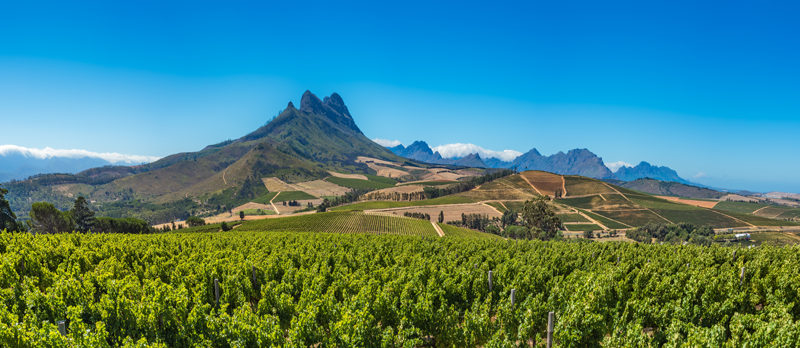
The Greenest Airport in the World
As he looks to the future of Cape Winelands Airport, it is clear Ferguson is excited. He tells us how the airport will feature South Africa’s first digital air traffic control tower, one of the breakthroughs in technology and shake-ups to the culture that have rippled out from the Covid pandemic.
“Three or four years ago you would never have thought we would be hosting meetings online,” Ferguson reminds us. “The same applies for digital air traffic control. You have towers with cameras, you monitor them, take on board what is happening on site from a control room that could be on site, or anywhere else.”
The tower will be hosted at Cape Winelands Airport, but it has plans to put up digital towers at other airports, managing them all from one control room.
We talk with Ferguson as the airport is preparing to close out its impact assessment for the year. Two years from now the airport’s runways will be assembled, alongside its terminal building, ready to serve flights by 2027.
Cape Town International Airport currently serves 10 million passengers a year. That is expected to double, and Cape Winelands is expecting to take five million of those passengers.
“One in every two new passengers will come to us,” Ferguson says. “We are planning to be the greenest airport in the world in terms of energy sustainability. We will have solar PVs and a biodigester to service our airport’s energy requirements. We will store stormwater on site to use the water for our own purposes. But we can say that just by our existence we save the industry massive amounts of carbon emissions. No other airport can say that.”

